Peaceful Playgrounds Program Helps Organize School Yards
There is much more to a school playground than the focal play structure. There are basketball hoops and swing sets. There are open areas to play on and there are softball diamonds.
But often these open areas are underused. The more popular areas often put a large number of children in a small space. This overcrowding is often the cause of conflict and injury on the playground and can be avoided.
Melinda Bossenmeyer has developed a program that not only combats conflict but also increases the amount of participation on the playground without increasing the crowding of some areas.
The Peaceful Playgrounds Program is a way for schools to organize and manage their playgrounds. It provides materials and resources that allow schools to make better use of a given playground area. It also incorporates a variety of games that enable more students to participate in an organized activity.
"When we started working with schools we would find that children would have a play structure and then all of this open space," Bossenmeyer said. “We came in and added other things like hopscotch, bean bag toss, and foursquare."
But the addition of some games to the playground area isn't all that the program does. There are a number of unique activities that involve both motor skills and physical skills. One such game is alphabet toss, where students take turns throwing bean bags on letters to spell things like their name or the name of their street. The activity is fun, competitive, and allows the child to develop both physically and mentally.If there is concern that the children wouldn't participate in such a game, Bossenmeyer says there is evidence to the contrary. "Our research found that children will choose a less preferred game over waiting in a long line to participate in a more preferred game," she said.
In fact, Bossenmeyer says that on a typical playground it was found that only 7 to 15 percent of children were actively participating in an activity. Others were walking around talking or sitting on the ground in a small group. In contrast, she said that playgrounds that have instituted her program have 90 to 95 percent of children actively participating in an activity.
"I think the idea of the lack of active children is something that we need to address," Bossenmeyer said. "This involves more children."
The program includes a kit that has all of the resources and information needed to place markings on the playground, teach students the rules to the various games, teach facilitators what they need to know, and an instructional video.
But more than the physical adjustments that can be made to the playground, the program also teaches a simple, yet often underused, system of conflict resolution. The conflict resolution part of the program suggests three separate methods: Walk, Talk, or Rock.
"Walk" suggests the resolution could be reached by avoiding the contentious situation. Often a child will conflict with the same child day after day while participating in the same activity. This method suggests finding another basketball hoop to play on, therefore avoiding the situation.
The second method, "Talk" is a more traditional form of conflict resolution. Two children take time to talk out the difference and find out what happened. This method ends with an apology.
When neither of the first two methods are used, the game Rock-Paper-Scissors is implemented as a way to settle disagreements. If two children playing a game disagree on a judgment call, they will settle it by playing Rock-Paper-Scissors.
"When we talk with schools they often comment on how simple the conflict resolution and are surprised they hadn't thought of putting those things in," Bossenmeyer said. "Those methods really work."
And the Peaceful Playgrounds program really works as well. In a study done on the effect of the program by Curran Elementary School in Murrieta, Calif., found an 83 percent decrease in the number of reported injuries over three years after instituting the Peaceful Playground Program.
The program was also awarded the Golden Bell Award from the California School Boards Association in 2000. The Golden Bell Award promotes excellence in education by recognizing outstanding programs in schools throughout California. The program has also received mention in Family Circle magazine, as well as a variety of other media outlets.
"The editor of Family Circle addressed this in a column in 1998 and since then it's exploded," Bossenmeyer said. "It is now in 7,000 schools throughout the country and the response has been overwhelmingly positive."
And Bossenmeyer hopes that the number of schools using the program will increase. "My goal is that it's made available to everyone," she said. "That's the reason I've priced it where I have. The program is relatively inexpensive and it is growing by leaps and bounds." The complete kit is sold for $1000 and can be purchased by contacting Peaceful Playgrounds.

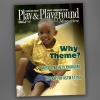
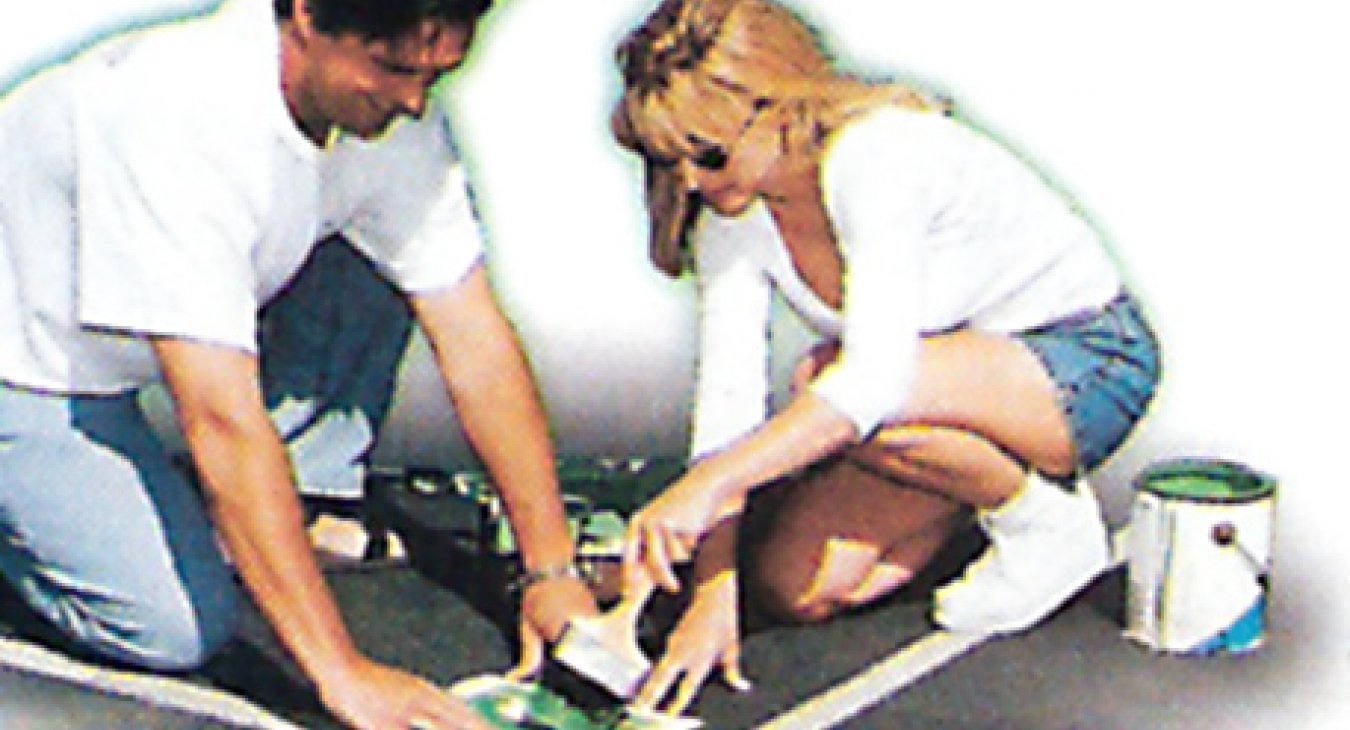
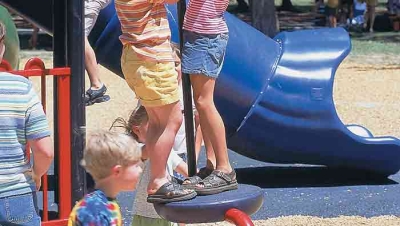
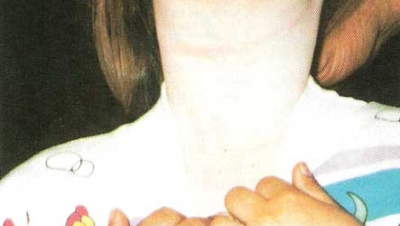

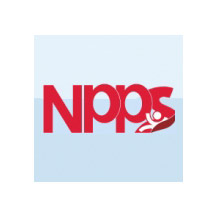
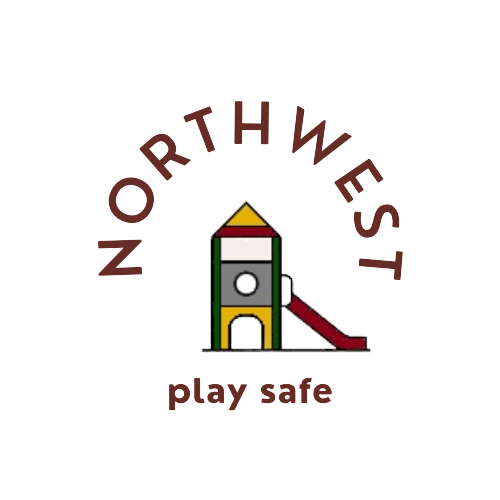
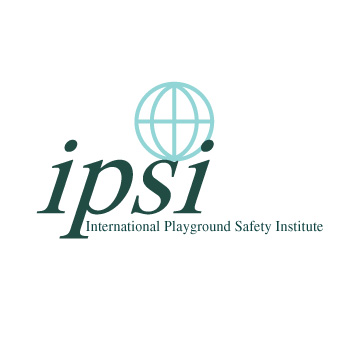
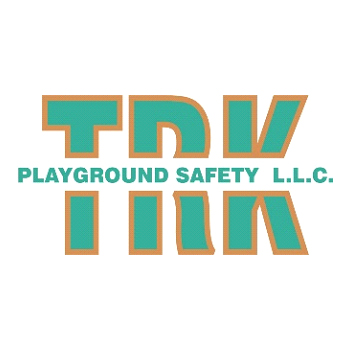
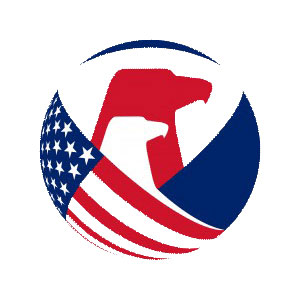
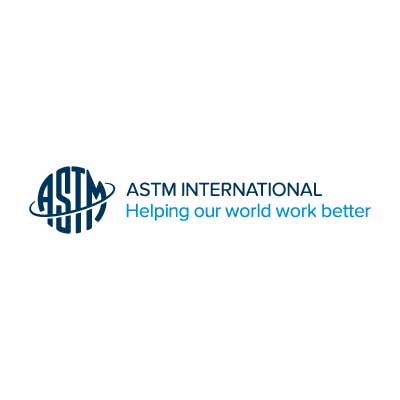

Add new comment